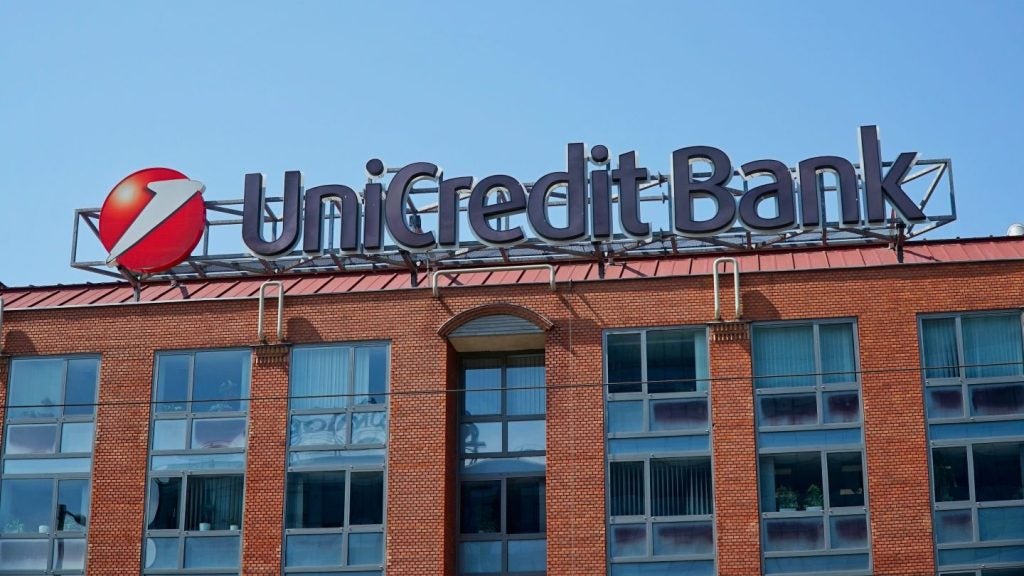
Quantum computing has been on the horizon for some time. Early iterations of quantum technology date back as far at the 1960s. But the successful development of a working quantum computer is now close, or so we are told—most estimations put this at around five to ten years away.
The advent of quantum computing technology promises exponential increases in compute power akin to the transition from stone age to post industrial tools. But the technology challenges of reaching quantum supremacy—the point at which quantum computing surpasses classic compute power and is error free—cannot be underestimated.
Aside from the technology challenges that quantum computing presents, the cost for a business to own a quantum computer will be prohibitive, at least in the early days of adoption.
The quantum computing business model to have emerged, and will most likely continue to be the way in which most enterprises access and evaluate quantum computing, is quantum-as-a-service (QaaS), says GlobalData principal analyst Steve Schuchart. The question is when should businesses start engaging with QaaS and could it already be too late?
QaaS or quantum-in-the-cloud, as it is sometimes known, is a way for businesses to essentially rent quantum computing power. Schuchart caveats this with: “Some of the very largest enterprises may own some quantum annealing (which is limited) quantum computers, but everyone else, especially in the investigative phase will be using QaaS.”
But even the largest companies should begin by using QaaS to work on prototyping and understanding the capabilities to prepare for the future, notes Schuchart. Enterprises that might be experimenting with quantum computing now or, at least will be soon, are most likely to be in the business of chemicals, pharmaceutical, energy exploration, finance, and route optimisation.

US Tariffs are shifting - will you react or anticipate?
Don’t let policy changes catch you off guard. Stay proactive with real-time data and expert analysis.
By GlobalDataBut just as is the case for all emerging technologies, finding the right business use case is the initial step and critical for any return on investment.
“Before companies make any decisions around quantum computing, they need to identify problems they might have that may be pliable in the quantum computing space. That means starting with the R&D group and the top people there to identify problems that could be aided or solved by quantum computing.
“The next stage is to identify which of those problems can be at least experimented with on today’s level of quantum computing. Then picking a software stack for quantum, then identifying possible cloud partners, choosing one, and beginning to experiment. All of this is in prep for when the computing power of quantum computing can reach the stage where it can outperform classical computing,” says Schuchart.
Quantum computing vs classical computing
Ashley Montanaro, is co-founder and CEO of UK based quantum algorithms company Phasecraft and professor of Quantum Computation at the University of Bristol in the UK.
Montanaro agrees with Schuchart that industries like materials science, energy, pharmaceuticals, logistics, and finance are best positioned to benefit from QaaS today.
“These sectors face complex challenges – such as simulating advanced materials, modelling molecular interactions, or solving large-scale optimisation problems – that classical computing struggles to address,” says Montanaro who notes that today’s hardware is simply not at the level to run quantum algorithms to simulate real materials, for instance.
So are is there a business benefit to experimenting with QaaS if it is currently operating at the same level as classical high-performance computing (HPC)? Both QaaS and HPC have their complementary strengths, responds Montanaro.
“HPC excels at running classical algorithms on large datasets, while quantum computing is uniquely suited to solving complex problems in areas like materials science and drug discovery that involve quantum interactions and challenging optimisation tasks,” he explains.
For many businesses, especially those without quantum at their core, says Montanaro, accessing this power has traditionally been out of reach until QaaS provided access to quantum hardware without spending vast sums on infrastructure investments or in-house expertise.
With QaaS, businesses can always access the very latest quantum systems but its biggest benefit, according to Montanaro, is its ability to bridge the gap between today’s hardware limitations and quantum’s future potential. “It allows businesses to combine the strengths of HPC with quantum enhancements to push both technologies forward,” he adds.
Quantum computing at a tipping point
Dr Chris Ballance, co-founder and CEO of UK quantum computing company Oxford Ionics sees quantum computing adoption by businesses at the start of a tipping point. He draws an analogy with AI in there are two very different camps: “people who are too early and people who are too late. No one ever gets it just right,” he says.
The difference with quantum computing is that the performance scales so rapidly with system size. “You can go from outperforming a good laptop to something that is more powerful than the largest classical supercomputer that you could ever imagine building,” explains Ballance.
The massive step changes in quantum computing development make building a roadmap difficult for companies. “You have a really fast transition from nothing to everything,” he says.
Problems that are really hard on a classical computer are much easier on a quantum computer but it does mean the need for businesses to develop software teams.
“You have to develop your workflows in a very different way for quantum computers compared with classical computers.
“You then have this interesting business building piece where it takes a while to go from “this is interesting” to understanding the best places where you’re most likely to achieve massive impact early on in your company, through to actually then delivering that impact,” says Ballance.
Critically, Ballance warns that companies starting on that journey too late will be at a major disadvantage. “If you wait for the hardware to be, fully ready and in the market, you’re already too late,” he says noting that a forward looking executive can always avoid this situation.
“Now is the time to really start properly engaging with quantum computing since over the next few years, we’ll see the scope go from nothing to everything,” says Ballance.







